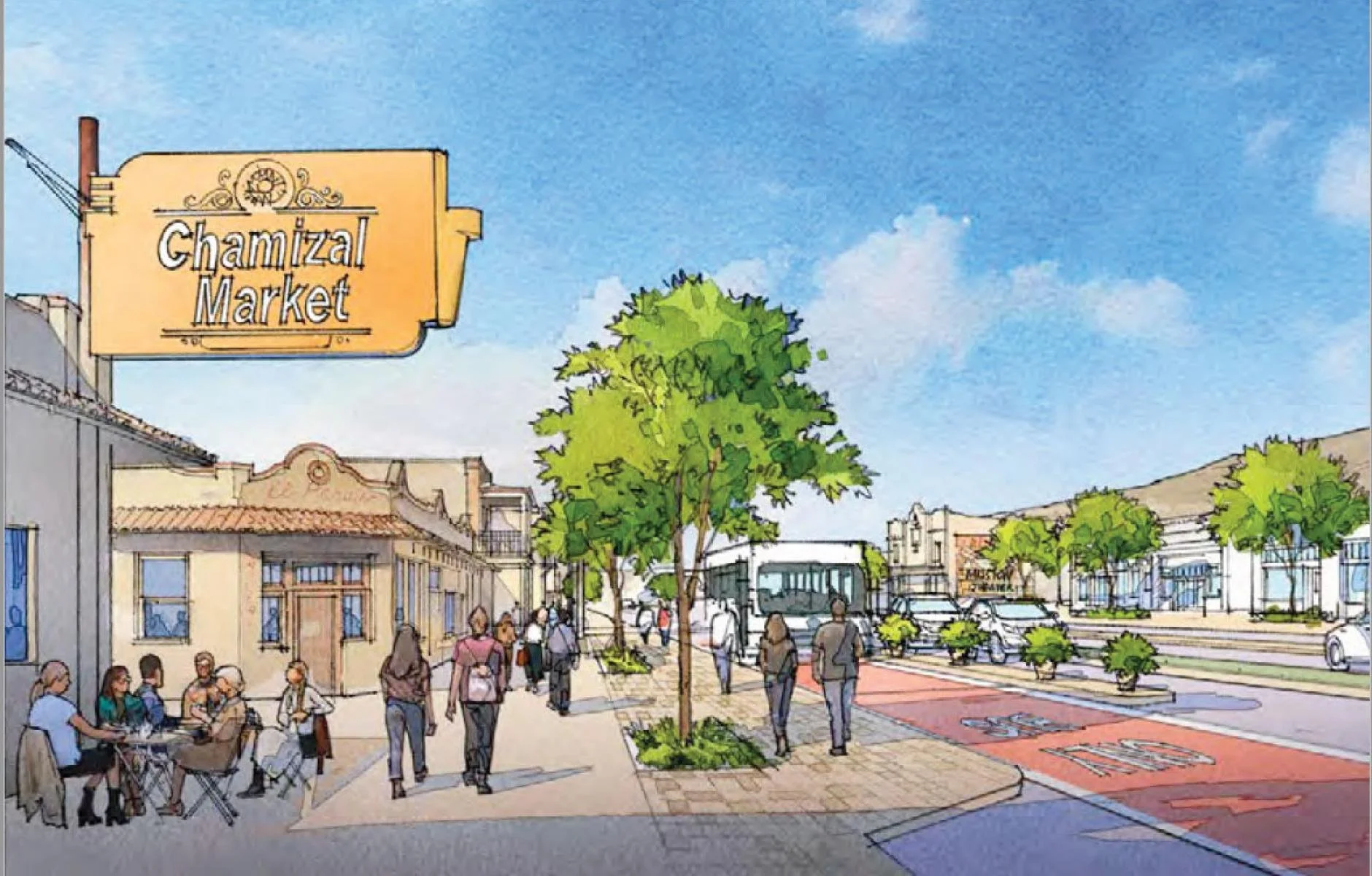When trying to make a walkable and vibrant street, urban planners often think in terms of hard infrastructure like road width and crosswalks. But soft infrastructure, specifically flowers and other colorful plant life, plays an important role as well.
Read MoreGiven all that trees do, cities should be enthusiastically planting tons of them, everywhere they possibly can. And yet, most places aren’t. What gives?
Read MoreStroads are everywhere in North America—but since they don’t come with any labeling, this handy guide will help you identify when you’re on one.
Read MoreThis vital corridor in El Paso is getting a makeover!
Read MoreThere are thousands of stroad sections in the US. Transforming a good number of them is important to to the goal of improving quality of life and mobility in cities and towns.
Read MoreSoftware engineers don’t design user interface, so why do we let civil engineers design streets?
Read MoreThe humble tree offers myriad social, economic, and environmental benefits for the streets of our towns.
Read MoreWest Jefferson, NC redesigns its downtown district to slow cars, increase walkability and fill empty storefronts to the benefit of locals, tourists and business owners alike.
Read MoreDecorative lights without place is just bling without a soul.
Read MoreThe width of our streets can influence land use, safety, character, scale, and overall financial productivity. We shouldn't be fearful of building narrow when it makes sense.
Read MoreStrong towns must also be inclusive towns, communities that welcome everyone. Places where people of all abilities can live, work and get around. Rights of way that are safe and accessible to folks with a range of mobility needs.
Read More










